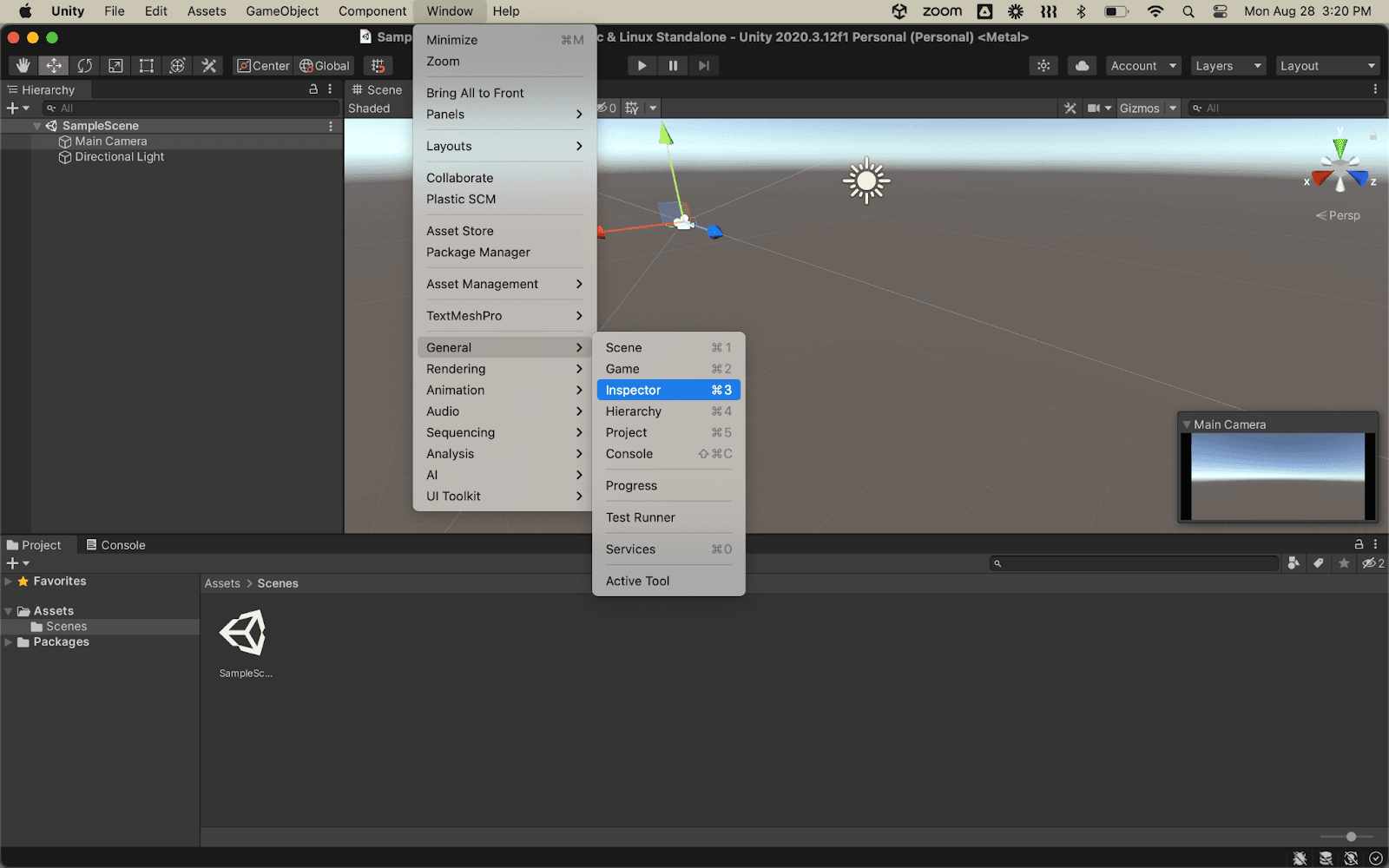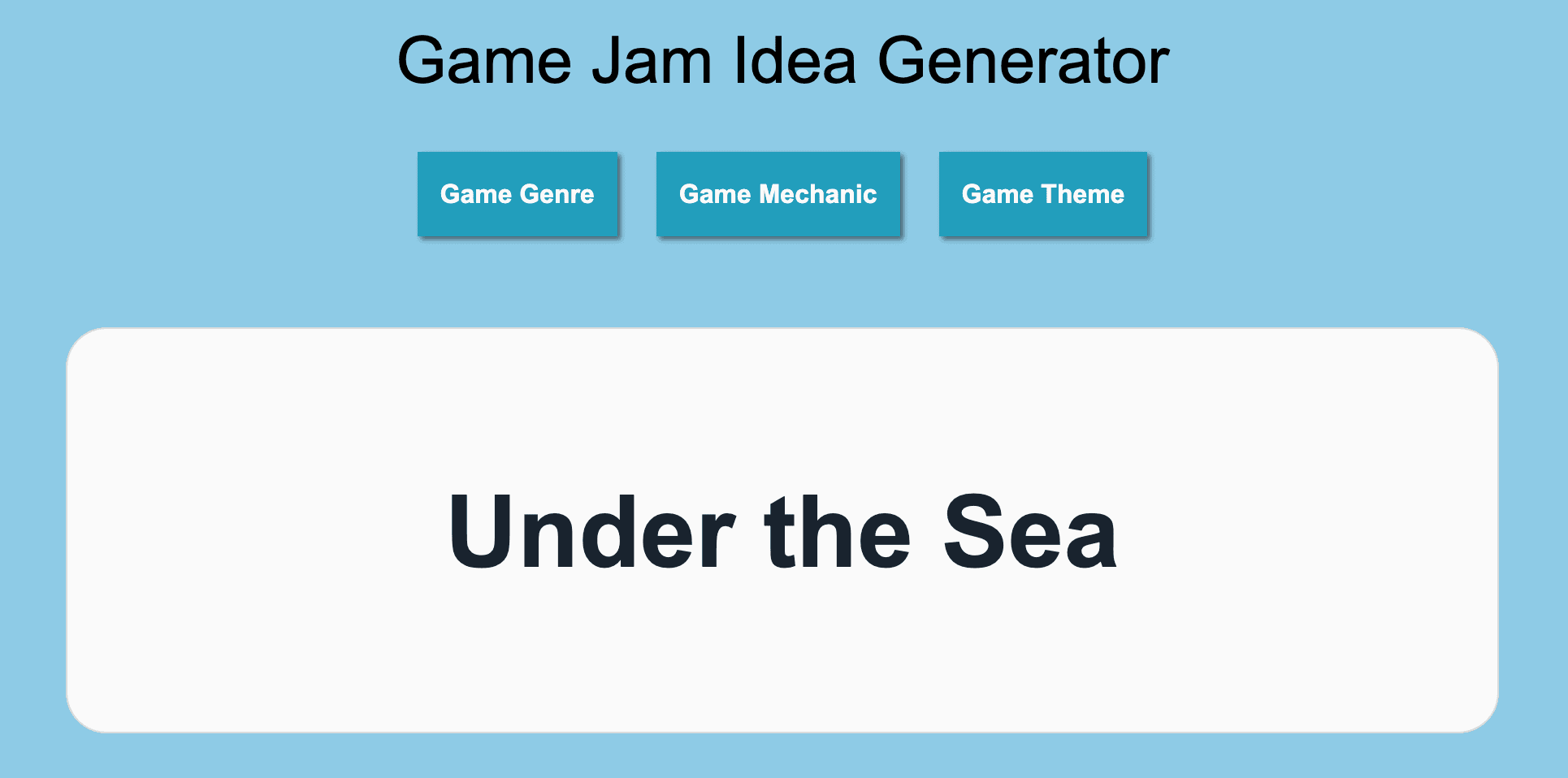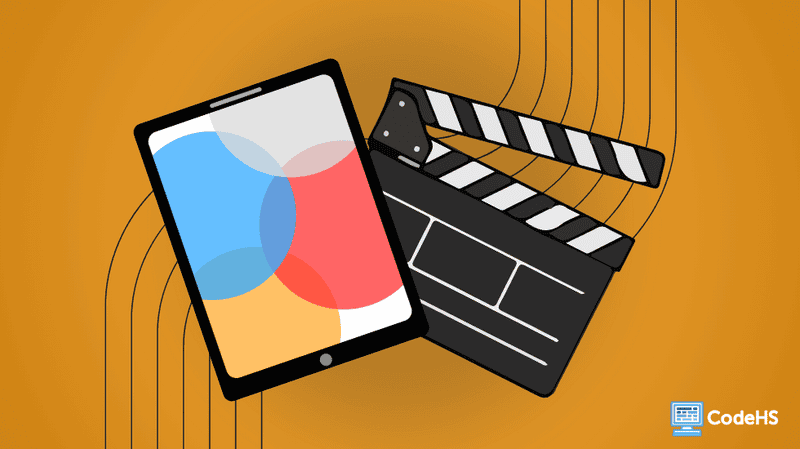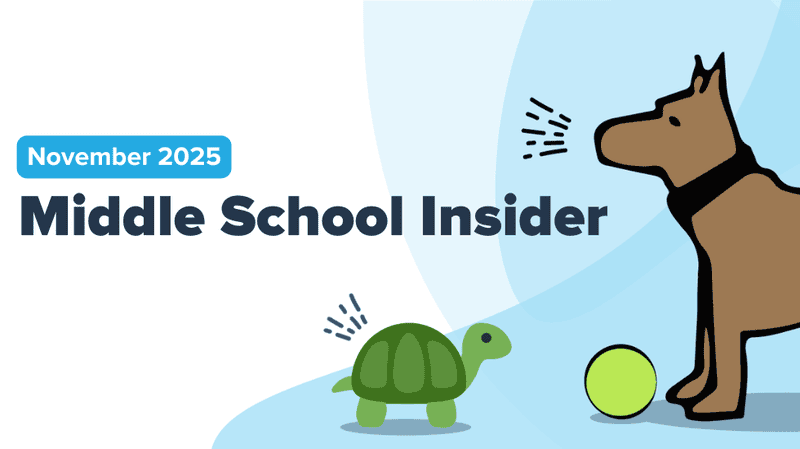
💡 Teaching Tip: Game Ideas
As the school year begins and students start learning game design, they may run into a game idea block. Sometimes it can be difficult thinking up an original, fun game. When students have difficulty brainstorming for a game design project, it might be helpful to remind them of these key starters that can help get those creative gears turning!
- Start with what you know! Begin with thinking about a fun, familiar game and build your ideas from your own experience.
- Take a familiar game and give it a new twist - change the game mechanics! Maybe you’d like to design a platform video game, but with a catch - the player can’t jump. But they can dig through walls. Perhaps you want to create a puzzle game, like Tetris, but in this version you have to drop pieces on and around fixed, floating pieces and floors.
- Take a familiar game and put it in a new location, time period, or give the player a new role. For example, maybe they create an endless runner game, like Flappy Bird, but the player is a fish avoiding shark-infested waters.
Beginning with games they’ve played and enjoyed can really help students start with a game idea they’re excited about and understand how the game could be fun. Tweaking games to make them their own is a great way to begin a new game design project - and who knows, maybe that tweaked game will transform into something truly unique along the way!
For more details on brainstorming game ideas, check out this video by Jonas Tyroller!

🔎 Unity Tip: Missing Windows
Sometimes students accidentally close default windows in Unity, like the Inspector. To bring them back, go to Window ▸ General ▸ Inspector from the menu bar.
For the Game Development in Unity course, all project files use a default layout. If students lose any windows, they can restore them by selecting the Layout dropdown (top right) → Load Layout from File and choosing the provided layout file.
If a window reopens as a separate pop-out, simply drag its top bar back into the main Unity window.
👾 Game Jams
Game jams are like hackathons for games—events where indie developers practice design and programming while collaborating with others. They can be in-person or virtual and may last from a day to a month.
Hosting a class- or school-wide game jam gives students hands-on experience and can spark interest from others. You can set your own rules or join existing jams hosted by indie developers or organizations.
Sites like itch.io let you join or host jams, and events like the Global Game Jam are great for student participation. For planning your own, consider forming a student committee.

🛠️ CodeHS Product Updates Page
Check out our product changelog to stay up to date with the latest features, improvements, and fixes to CodeHS. Some of the notable updates/features that you should take advantage of this year are:

📲 Curriculum Feedback Group
CodeHS is interested in learning more about how you use our curriculum and resources in your classroom—what CodeHS materials do you rely on and what do you wish was different for the courses you teach? If you are interested in joining a course advisory group to help improve the CodeHS courses, please complete the short form.

👀 Check Out CodeHS Pro
CodeHS Pro has a full suite of tools to help teachers streamline their workflow and support student growth this year. Unlock access to the Fast Grade tool, student progress tracking, lesson plans, and more. Learn more about CodeHS Pro here.

💬 Stay Connected
- Follow us on X, TikTok, and Instagram
- Chat with others in the CodeHS Educators Facebook Group
- Explore the CodeHS Game Design Hub
Happy Coding,
The CodeHS Team





